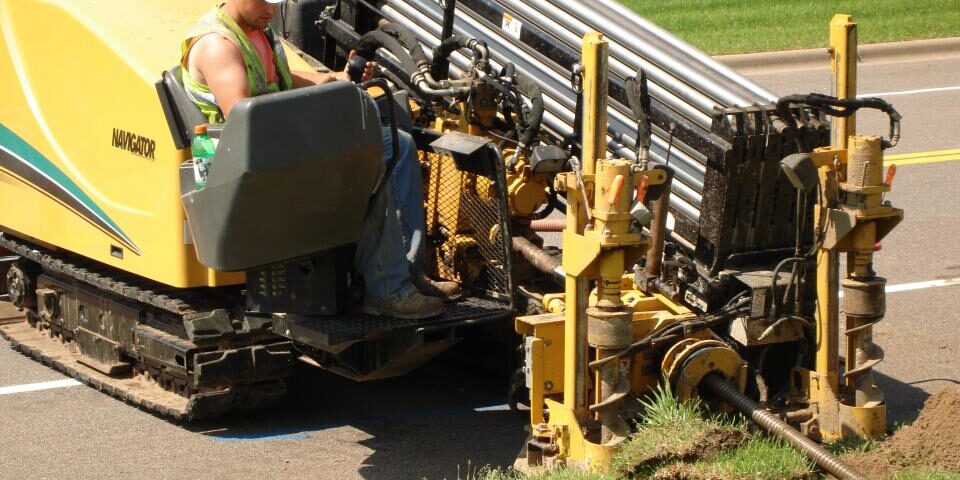Drill and blast operations use a variety of tools and equipment to produce deliverables both during and after drill and blast operations. Drilling operations make use of down-the-hole equipment, bench and production rock drilling instruments, shank adapters, and grinding tools. Explosives are used in the process of blasting. When large amounts of gas are trapped in a hole, it expands quickly, penetrating pre-existing tiny fissures in the rock and creating new cracks to break the rock.
This, therefore, produces chemicals that detonate to produce high-intensity shock waves. The drilling and blasting tasks are completed by the drill and blasting tools, but safety and efficiency are ensured through design and planning before their usage.
Before getting into the drilling process, it is important to have a clear knowledge of horizontal directional drilling or rock drilling processes and the essential rock drilling tools used.
Horizontal Rock Drilling
Horizontal rock drilling is a modern technology used to construct horizontal infrastructure several metres below ground. With the exception of entry and exit sites, this is done without removing the covering surface. When improving existing subsurface systems where the upper ground is already teeming with developed structures, this engineering technology is used by directional drilling contractors.
Upgraded power, water, and gas lines, as well as a new telecommunications setup required by enterprises and towns, are examples of such current underground infrastructure.
Down-the-Hole Drilling
Prior to laying the pipes out horizontally underneath, a vertical down-the-hole drilling operation is required. The effort involved in building up a deep-well water system is very similar to this. The entry and exit points require the creation of vertical apertures. It’s a job that necessitates the use of a Down-the-Hole (DTH) hammer drill. One of the most modern and effective equipments available for drilling horizontal rock is this one.
The DTH Hammer
A DTH hammer is a cylindrical percussion tool with a drill bit that rapidly strikes rocks to puncture them and shatter them into small rock chips. Consequently, it uses air pressure to carry these rock fragments outside. With the help of current rotation, this instrument combines the advantages of the previous cable tool drilling method.
Drilling Forerunners
The first hammers used were the hand-held Jackhammers as rock drilling tools because they were lightweight, portable, and simple to maintain. They were less effective, required manual operation, and posed serious health risks. Then there are the cable tools, which may be identified by a large pointed chisel on a hefty bar that is tied to a wire rope.
To break the rock, they are thrown onto it. The chips and specks of dust produced by the blast were removed by the cable tool using water. The cable tool configuration is simple to use and simple to keep up. It is also quite affordable. However, it only produces huge holes and has poor alignment and slow output. It only works on soft rocks, requires a lot of water, and needs at least two people to operate.
What is the importance of quality in machines for rock drilling?
The success of drill and blasting operations is greatly influenced by the tools employed in the operations. In drill and blasting operations, a combined strategy of staff and technology can lead to higher commercial performance. The choice of tools is closely related to workplace health and safety.
If you are looking for professional directional drilling contractors for horizontal directional drilling (HDD drilling) then we are the one for you. Our goal at Directional Drilling Australia is to offer cutting-edge technology for horizontal rock drilling. We are skilled at developing systems for the planning of infrastructures that will benefit communities and businesses. Our primary objective in the underground drilling work we undertake is to conserve the natural state of the environment with the least amount of disruption to the ground surface, in addition to achieving effective outcomes. Call us at 04 0833 5532 or email us at stephenduck@bigpond.com for further HDD drilling information.

